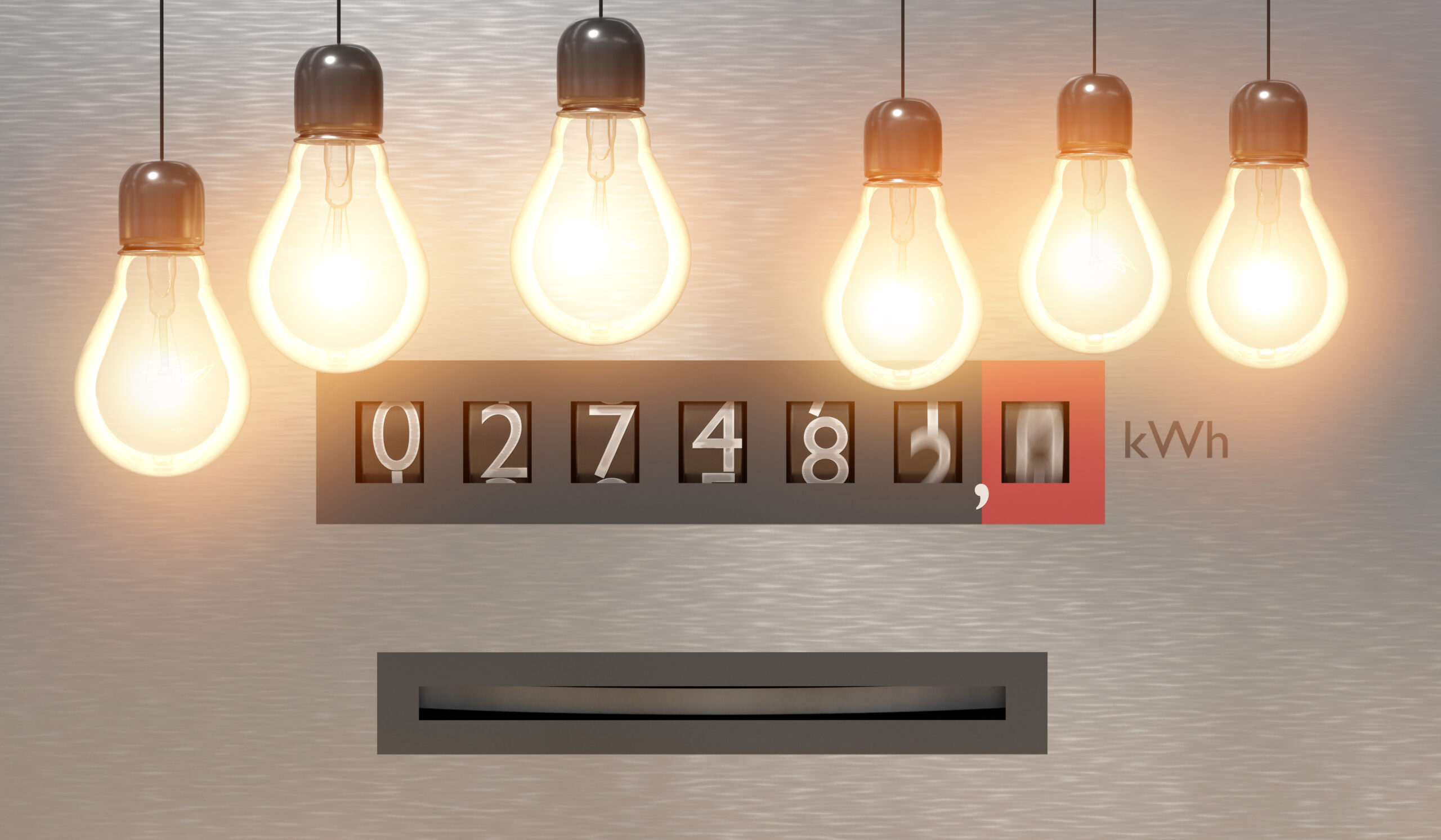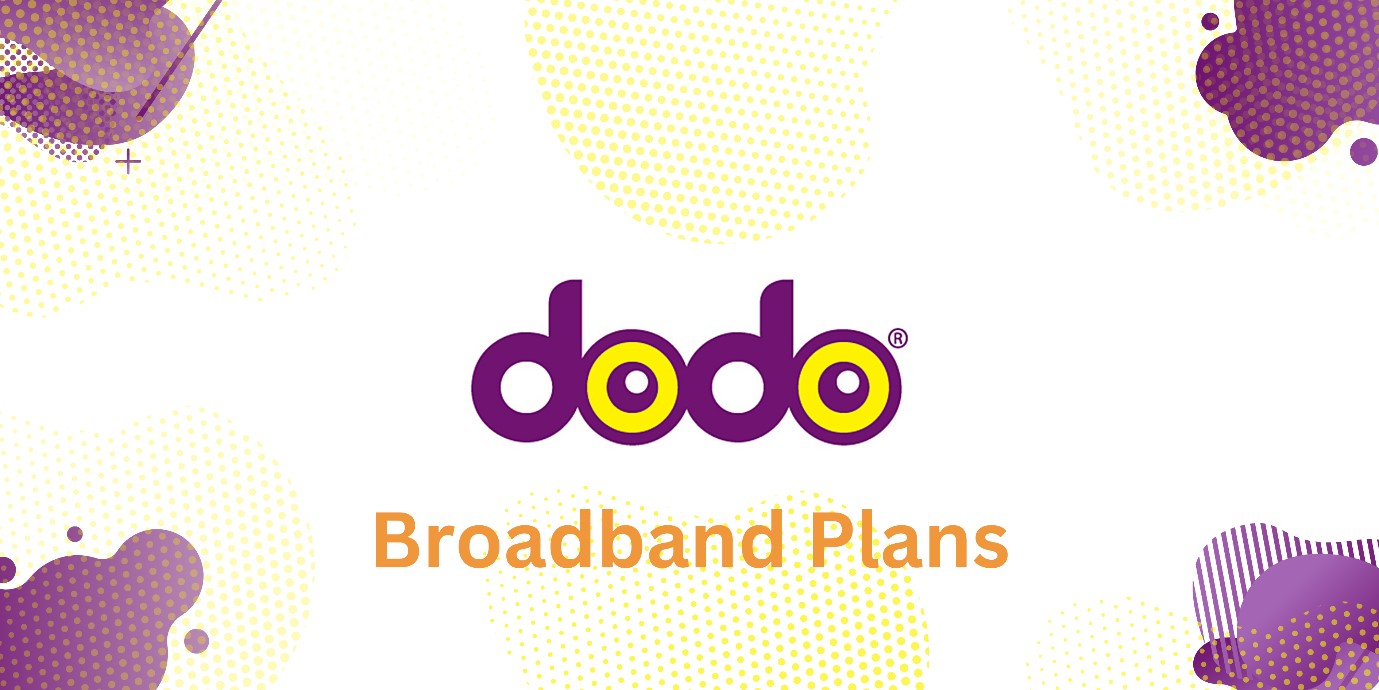On this page
- Should I go solar?
- How much will solar save me on my bill?
- What is a solar feed in tariff?
- Solar feed in tariff comparison by state
- Best feed in tariff Victoria
- Best feed in tariff NSW
- Best feed in tariff QLD
- Best feed in tariff SA
- Next steps
Should I go solar?
Making the switch to solar is a big decision to make, but it can lead to some significant long-term savings. Solar panels, or photovoltaic (PV) panels, work by turning the sun’s energy into electricity. This means you will get the biggest benefit if you can use the bulk of your energy during daylight hours. Alternatively, you can install a solar battery, which will store excess energy generated during the day to use at nighttime.

Going solar comes with a large upfront investment, usually between $5,000 and $9,000, depending on the size of your system and the solar panel manufacturer you choose to purchase them through. It’s important to compare solar panel providers to find the best deal.
A lot of providers offer an interest-free loan so that you can pay off the upfront cost over 3-years. For a lot of people, the savings on their electricity bill is more than the cost of the repayments, meaning you are not out of pocket at all. Of course, each situation is unique so you need to do your research and sums first.
In some states, there are still solar rebates available from the government, which can help to further offset your upfront costs.
There are two types of solar systems to choose from, either ‘off-grid’ which means your only power source is from your PV panels or, more commonly, a system that connects to the grid.
If you are connected to the grid, when your panels are not producing enough electricity you can access power from the network through your retailer to make sure you have a consistent, uninterrupted power supply. It also means when you produce excess electricity, your retailer can buy it from you and put it back into the grid. The amount they pay is called a Solar Feed-In Tariff (FiT), more on that below.
How much will solar save me on my bill?

The amount your solar will save you varies depending on a number of factors.
- Your solar electricity plan – the electricity solar plan you choose will make a big difference to your monthly costs. You should look out for the highest FiT and the lowest electricity rates to maximise your savings.
- The size of your system – if your system is large enough to cover most of your electricity needs, and even produce excess, then your quarterly bill will be reduced to just the daily supply charge, which might be offset by your FiT.
- A solar battery – including a battery in your system reduces the amount of power you need to buy from the grid by using your own electricity during the night.
- The climate and season – solar panels work best during long sunny days, so you will see your generation vary through the seasons. People in sunnier climates will benefit from higher generation amounts.
- Your upfront costs – in the short term your savings will be reduced while you pay off your upfront costs. On average, it takes 3 years for a solar system to break even, and after that, your long-term savings will skyrocket!
What is a solar feed in tariff
A solar feed in tariff (FiT) is a credit paid by retailers to customers for the excess electricity they produce from their solar system that is subsequently fed back into the grid. The price is calculated in kilowatt-hours (kWh).
Every kWh of electricity that isn’t used immediately by your household will be given to the grid and you will be paid the retailer’s FiT. Each retailer has a different rate, which also varies between states, so it pays to shop around for a good deal, especially if you regularly generate excess power.

If you have a solar battery, your excess electricity will firstly be stored in your battery, and only once it is at capacity will power be sold to the grid.
There are two types of FiTs:
- A net FiT – these are used in Victoria, South East Queensland, South Australia and Tasmania. With a net FiT you receive a credit for each kWh of electricity that your solar system generates but you do not use.
- A gross FiT – these are used in the ACT and Northern Territory. With a gross FiT you are paid for the total amount of kWh your solar system feeds into the grid and charged separately for the total amount of kWh you use from the grid.
Customers in New South Wales can choose which type of FiT they want to use for their homes.
Solar feed in tariff comparison by state
To compare solar feed in tariffs and find the best one for you, you need to consider how your household uses energy, rather than simply looking for the highest rate. For example, in some states the Origin solar feed in tariff is as low as 2c/kWh, but their electricity rate for the same plan is significantly lower than other options. So if you use a large amount of electricity from the grid, this might be a cheaper option for you than a plan with a higher FiT.
Talk to a CheapBills expert to discuss your options and find the best energy plan for your unique needs. To get you started, a selection of our favourite solar plans is listed below for each state.

Best solar feed in tariff Victoria
Victorians enjoy some of the highest FiTs in the country. In addition, homes that are signed up for the Premium Feed In Tariff (PFiT) are eligible to receive a 60c/kWh rate until the scheme ends in 2024. Read more about the PFiT scheme here.
| Provider | Plan | FiT* | Electricity rate* | Make the switch |
| EnergyAustralia | Solar Max | 10c/kWh | 2% more
than VDO |
Contact CheapBills |
| Tango Energy | Solar Saver | 10.4c/kWh | 1% less than the VDO | Contact CheapBills |
| AGL | Solar Savers | 10c/kWh | Equal to
VDO |
Contact AGL |
| Simply Energy | Simply Energy Solar | 11c/kWh | Equal to
VDO |
Contact Simply Energy |
| Origin | Solar Boost | 10c/kWh | Equal to
VDO |
Contact Origin |
*Prices are correct in October 2022 and based on rates in the Citipower network. The Victorian Default Offer (VDO) is the benchmark electricity price set by the Victorian government. You can read more about it here.

Best solar feed in tariff NSW
Finding the highest solar feed in tariff in NSW can make a dramatic difference to your bill. Maximise your savings by choosing one of the highest feed in tariffs in NSW from the table below.
| Provider | Plan | FiT* | Electricity rate* | Make the switch |
| EnergyAustralia | Solar Max | 10c/kWh | Equal to
DMO |
Contact CheapBills |
| Red Energy | Red Solar Saver | 12c/kWh for the first 5kWh/day, then 6c/kWh | Equal to
DMO |
Contact Red Energy |
| Simply Energy | Simply Solar | 12c/kWh | Equal to
DMO |
Contact Simply Energy |
| Origin | Solar Lite Variable | 2c/kWh | 9% less
than DMO |
Contact Origin |
| AGL | Solar Savers | 10c/kWh | Equal to
DMO |
Contact AGL |
*Prices are correct in October 2022 and based on rates in the Ausgrid network. The Default Market Offer (DMO) is the benchmark electricity price set by the government. You can read more about it here.

Best solar feed in tariff QLD
Find the highest FiTs in South East Queensland in the table below. Please note, residents in regional and rural QLD receive their energy through Ergon Energy and are eligible for a competitive FiT of 9.3c/kWh.
| Provider | Plan | FiT* | Electricity rate* | Make the switch |
| EnergyAustralia | Solar Max | 10c/kWh | Equal to
DMO |
Contact CheapBills |
| Origin | Solar Lite Variable | 2/kWh | 6% less
than DMO |
Contact Origin |
| AGL | Solar Savers | 10c/kWh | Equal to
DMO |
Contact AGL |
| Simply Energy | Simply Basics | 7c/kWh | Equal to
DMO |
Contact Simply Energy |
| Red Energy | Red EV Saver | 5c/kWh plus free electricity between 12pm and 2pm on weekends for EV charging | Equal to
DMO |
Contact Red Energy |
*Prices are correct in October 2022 and based on rates in the Energex network. The Default Market Offer (DMO) is the benchmark electricity price set by the government for customers in South East Queensland. You can read more about it here.

Best solar feed in tariff South Australia
South Australia is one of the leading states in the transition to renewable energy, helped in part by residents’ enthusiastic uptake of household solar panels. To maximise your savings, choose one of our favourite solar electricity plans from the retailers below.
| Provider | Plan | FiT* | Electricity rate* | Make the switch |
| EnergyAustralia | Solar Max | 10c/kWh | Equal to DMO | Contact CheapBills |
| Simply Energy | Simply Energy Solar RAA | 9c/kWh | Equal to DMO | Contact Simply Energy |
| Origin | Solar Lite Variable | 3/kWh | 5% less
than DMO |
Contact Origin |
| AGL | Solar Savers | 10c/kWh | Equal to DMO | Contact AGL |
| Red Energy | Qantas Red Saver | 3c/kWh | Equal to DMO | Contact Red Energy |
*Prices are correct in October 2022 and based on rates in the SA Power Network. The Default Market Offer (DMO) is the benchmark electricity price set by the government. You can read more about it here.

Next steps
If you have solar panels, or are ready to take the leap and have them installed, make sure your first step is a call to CheapBills. Our teams of experts will take into account your household’s energy, compare leading plans and help you make the switch to solar without the stress.
Call us today to start saving on your bills with solar power. Ring 1300 786 045 or enter your details online. Our 100% free comparison service can also save you money on your gas, NBN plans and Pay TV Australia in the same easy phone call.
Related post: Are Electricity Prices Going Up in 2023








